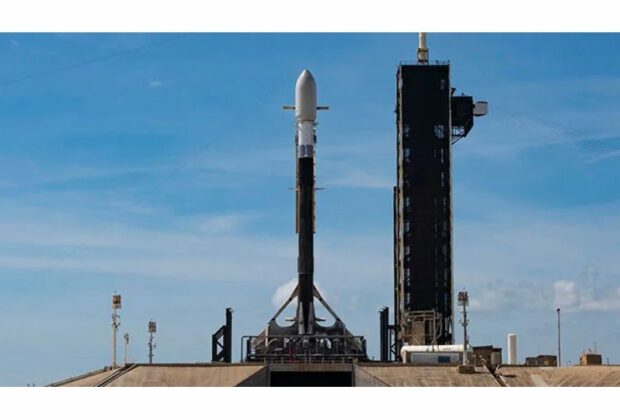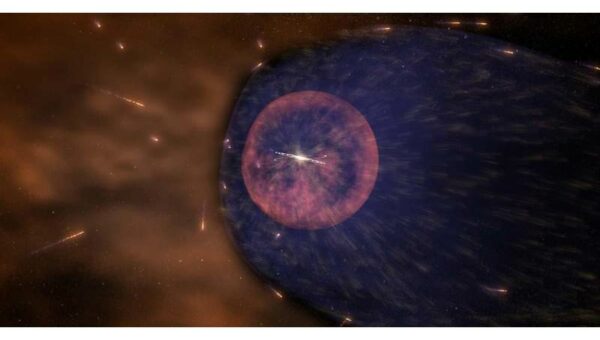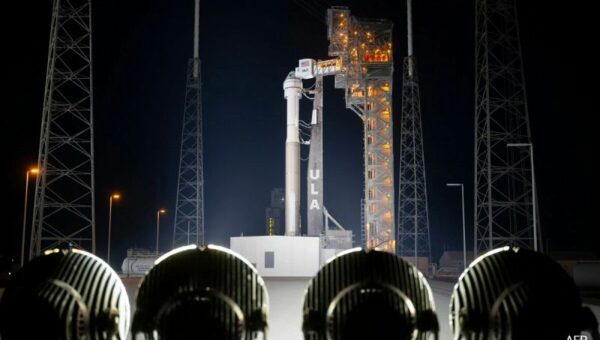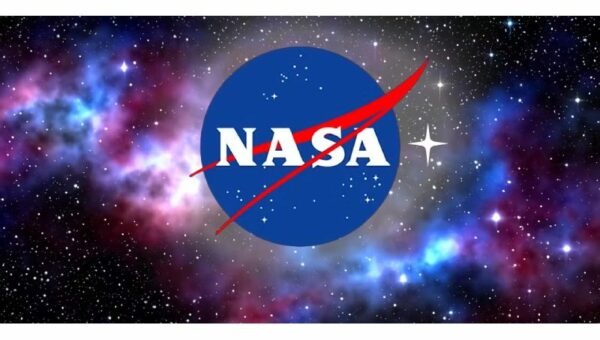On April 27, a Falcon 9 launched two Galileo navigation satellites into orbit with success. This launch was unique in a number of ways.
Launch Complex 39A of the Kennedy Space Center saw the Falcon 9 take off with the Galileo GM25 and FM27 satellites aboard at 8:34 p.m. Eastern time. A few hours later, the European Union Agency for the Space Programme, or EUSPA, which is in charge of Galileo operations, verified the satellites were in orbit and functioning.
There was a level of secrecy around the launch that is typically only associated with secret national security activities. After payload fairing separation was confirmed, SpaceX concluded its webcast and did not release any video from the launch. For additional mission updates, the business referred questions to the client.
The reason for the increased secrecy remained unknown. Greater coverage was provided by earlier Galileo satellite launches on Ariane and Soyuz rockets from French Guiana, as well as by the Global Positioning System (GPS) satellite launches on Falcon 9.
The launch was not pre-publicized by the European Space Agency or the European Commission. European officials made a conscious effort to omit any reference of the satellite launch process in their statements following the successful launch.
On April 28, Thierry Breton, the EU commissioner for the internal market, announced on social media that “2 new Galileo satellites successfully launched last night.” “Awaiting Ariane6, the 2024 launches are crucial for Galileo’s resilience, robustness and continuity of its civilian & military applications.”
The closest explanation for why the satellites were being launched aboard Falcon 9 was provided by that statement. ESA Director General Josef Aschbacher dubbed the situation, which left Europe without its own means of launching Galileo satellites, a “launcher crisis.” This was caused by the retirement of the Ariane 5, the loss of access to the Soyuz rocket following Russia’s invasion of Ukraine more than two years ago, and delays in the introduction of the Ariane 6.
In November 2023, Breton announced that the European Commission was in the final stages of negotiating a contract with SpaceX for two 2024 Falcon 9 flights, each carrying two Galileo satellites. According to him, the contract was for 180 million euros, or $193 million.
Due to the current launcher crisis, this was the second institutional European mission to fly on a Falcon 9, following the launch of ESA’s Euclid space telescope in July 2023. Later this year, a second pair of Galileo satellites will launch on a Falcon 9, in addition to the independent Falcon 9 launches of the Hera asteroid mission and ESA’s EarthCARE Earth scientific project.
This launch was SpaceX’s 20th use of this rocket, matching a record achieved by another booster that launched a series of Starlink satellites earlier in the month. The rocket has already launched thirteen sets of Starlink satellites as well as a GPS satellite and the IM-1 lunar lander from Intuitive Machines.
This booster’s, model B1060, last mission was also the launch. According to SpaceX, the booster could not be recovered due to the extra performance needed to launch the Galileo satellites into medium Earth orbit. When SpaceX carried out back-to-back Falcon 9 launches delivering geostationary satellites where the boosters were expended in November 2022, it broke a record of 146 Falcon 9 missions with a booster landing.
After liftoff, the corporation said, “We’re working toward qualifying our fleet of Falcon boosters and fairings to support 40 missions each,” mentioning that this launch was the 200th to use payload fairings that had already been flown.







